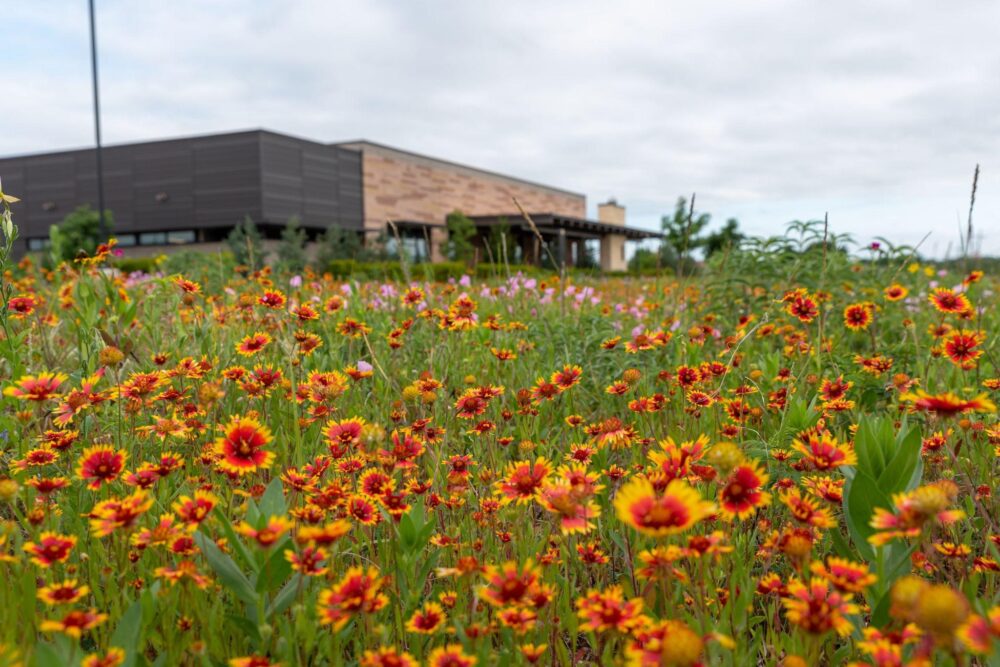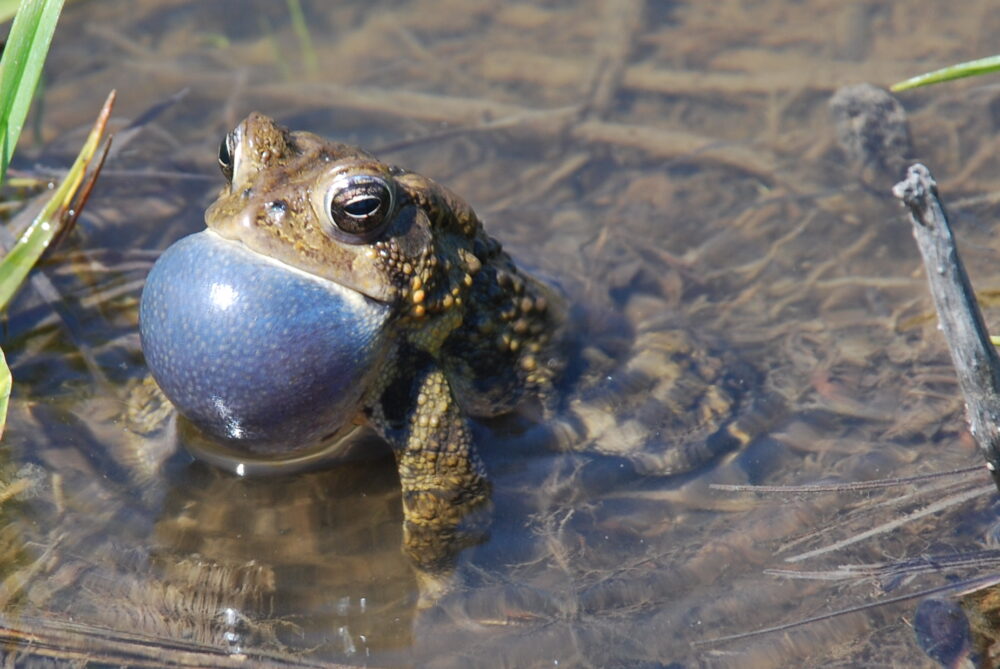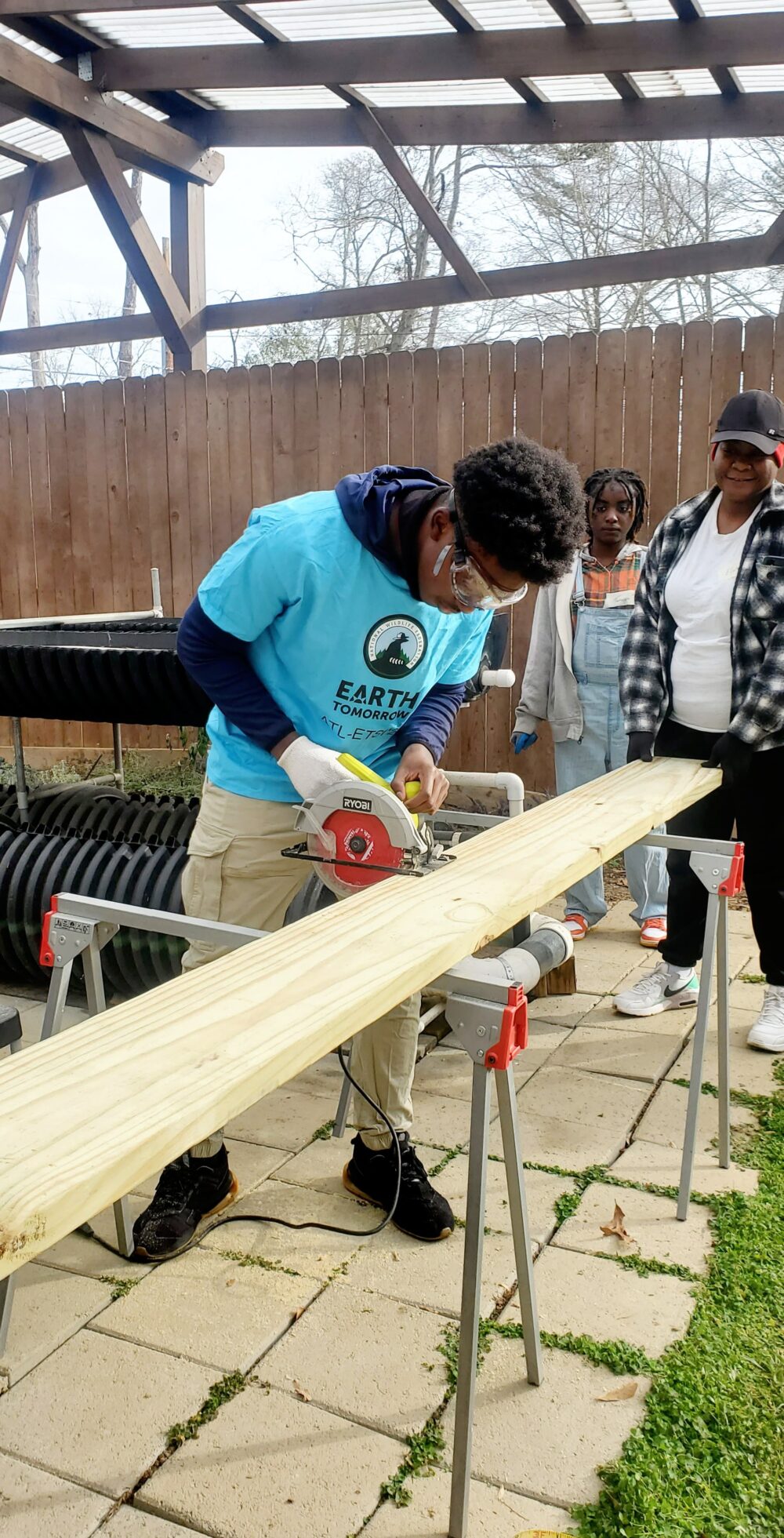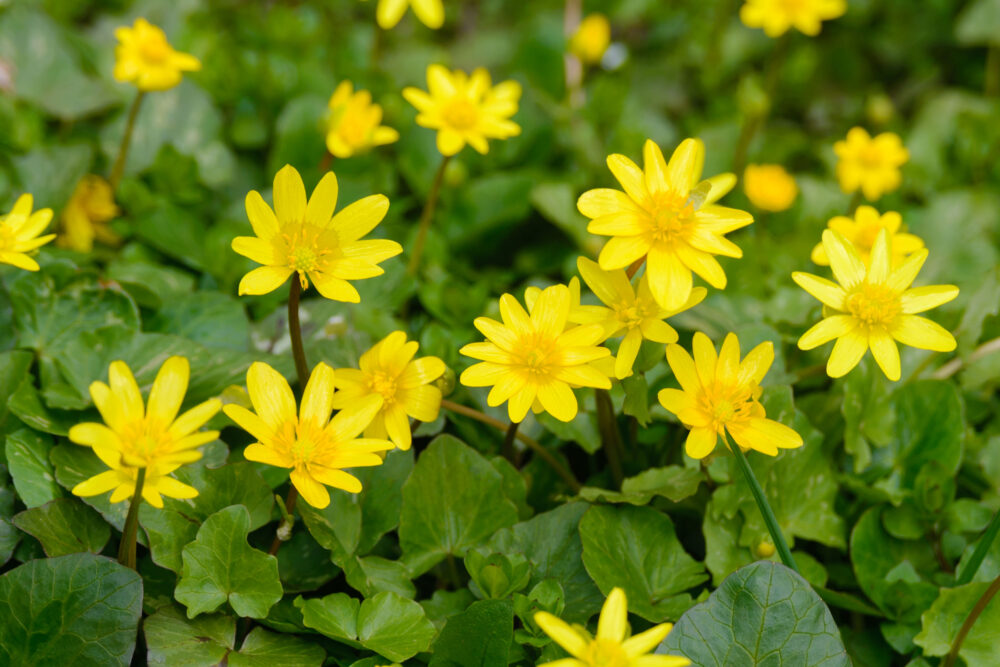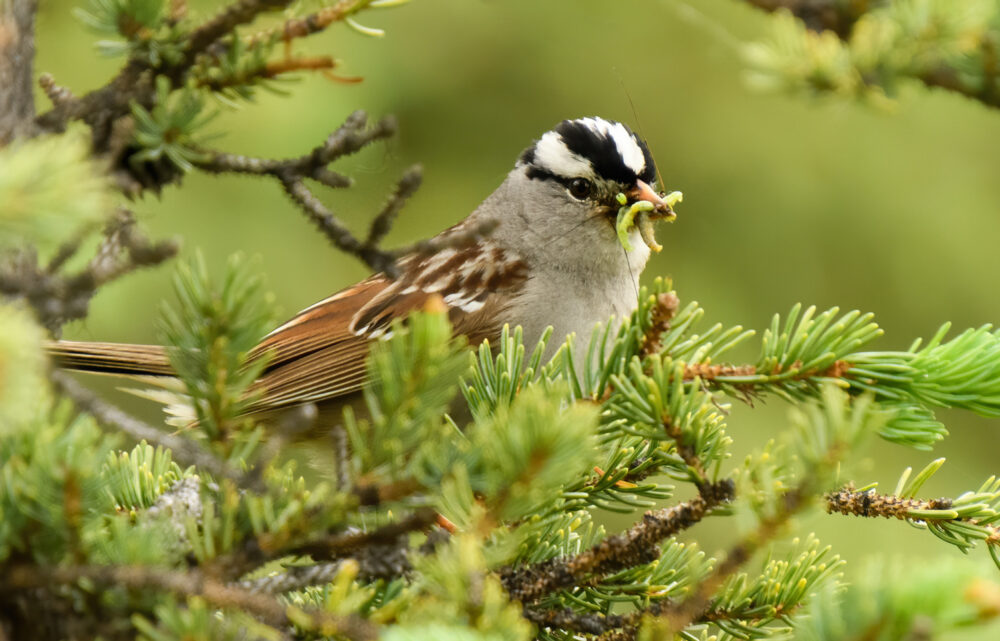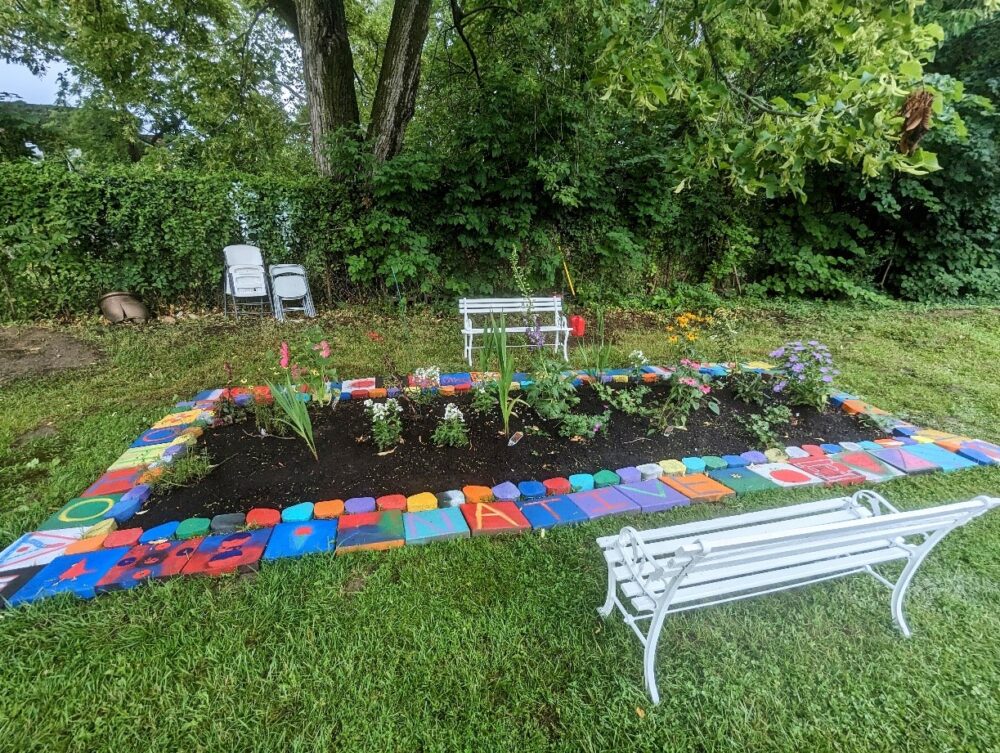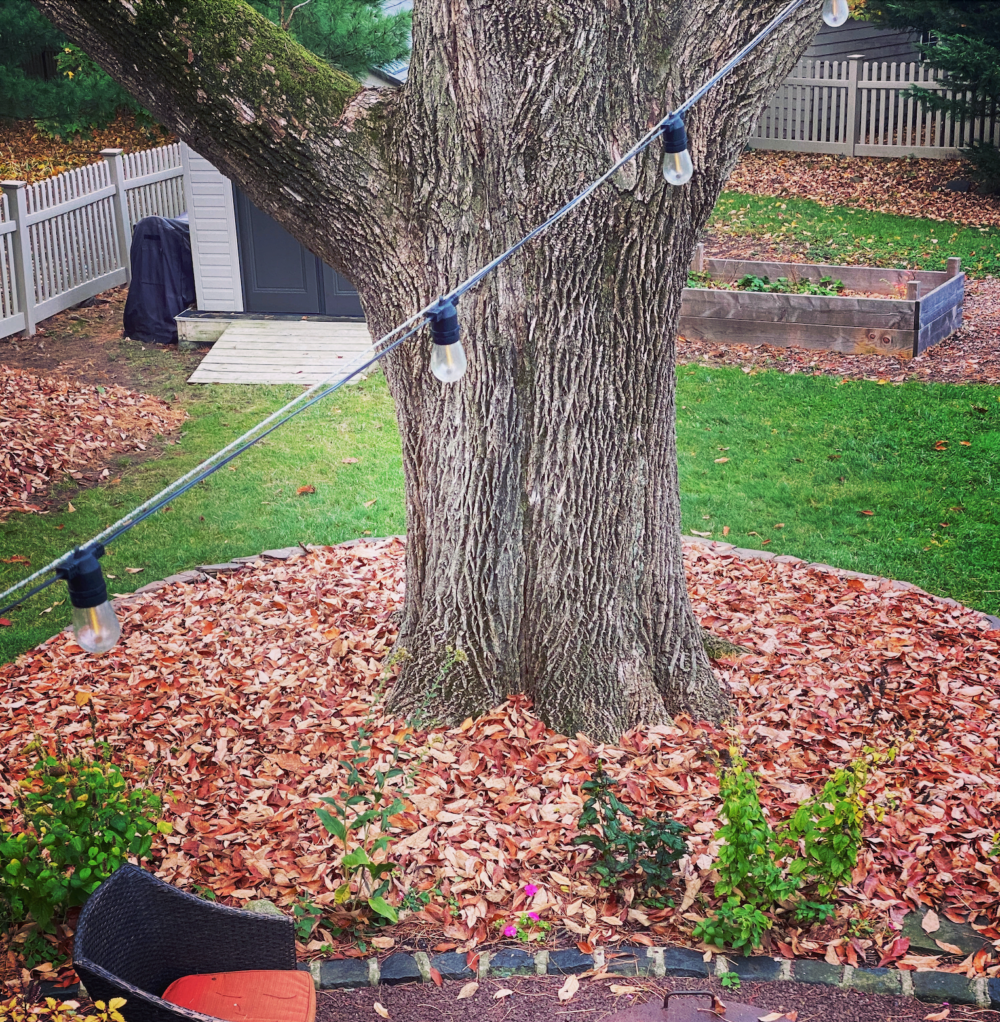We have much more to do and your continued support is needed now more than ever.
How to be an Organic Gardener
I recently moved into a new house, and I now have a glorious backyard that’s lush, green and full of (wild)life.
I have never had a green thumb (though the rest of me is green, I swear!), but I’m very interested in taking up gardening in my spare time. To get my start, I of course turn to online, where I stumbled across these wonderful tips for how to maintain an organic garden.
I quickly learned the two important steps for organic gardening are eliminating pesticides and fertilizers.
The full list can be found here, but here’s an overview.
How to Eliminate Pesticides
- Select and maintain pest-resistant plants adapted to your area – native plants generally have few pest problems.
- Use organic gardening techniques – healthy soil building techniques, companion planting, herbal pest sprays, and crop rotation.
- Learn to recognize and care for natural pest controls, such as ladybird beetles, beneficial wasps of many sizes, birds, toads, parasitic and predatory flies, and many others.
- If you must use pesticides at all, use them with proper handling and safe disposal methods. Start with the least toxic type, such as an insecticidal soap. Steer clear of broad spectrum insecticides, such as SEVIN or DIAZINON. Contact with these chemicals will kill virtually any invertebrate.
- Control weeds through appropriate fertilization and liming, adjusting mowing height, and mulching.
- When you pitch your pesticides, dispose of them properly through a municipal or county toxics disposal program.
How to Eliminate Fertilizers
- You can reduce fertilizer potency and application rates and still improve plant health. “Natural” fertilizers, such as composts and pasteurized manures, are preferable, as they release a much greater variety of nutrients more slowly.
- Make and use compost in the landscape and save landfill space.
- Plant cover crops like buckwheat and clovers. These plants add or “pump up” nutrients to the root zone and physically improve the soil.
- Grow native plants. Many native plants will grow very well with only an annual application of leaf mulch or with an annual cultural practice, such as mowing or burning.
Preventing Pests
- Talk with your neighbors about not using chemical pesticides.
- Plant native plants which can hold their own against native pests.
- Build healthy soil to have strong healthy plants – compost.
- Gradually eliminate plants that always get sick – they are probably not native.
- For aphids, do not over fertilize with nitrogen because they seek fresh plant growth.
- Attract birds to your yard by planting appropriate plants.
- Prune and destroy infested wood.
- Remove garden debris like old boards so slugs don’t have a wet spot to live.
- Get to know your beneficial bugs and don’t hurt them!
- To reduce ants indoors, the cat food bowl can be smeared with a thin band of petroleum jelly at its base to keep ants from gaining access to it. NEVER feed pets outside.
- Spray plants with a strong stream of water to knock aphids off.
- To reduce ants on trees and plants, put a sticky barrier such as teflon tape. (Ants are usually protecting the aphids because they like to eat something called “honeydew” which the aphids produce.)
- Slug traps: covered plastic containers such as yogurt or margarine tubs baited with fresh beer sunk in ground, leaving one inch of rim exposed; renew every three to four days.
- In vegetable gardens, weed and turn your soil. Some weeds serve as a reservoir for insects such as flea beetles, spinach leafminers and aphids that may later move to garden plants. Regular cultivation will expose soil insects to predators, parasites, and weather. Plow or spade gardens in the fall to incorporate compost into the soil and expose soil pests. For regular habitat gardening, it is often not a good idea to turn the soil as disturbed soil is a haven for non-native plants.











